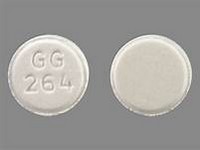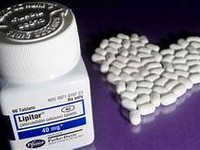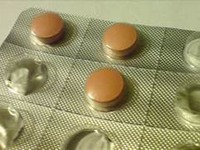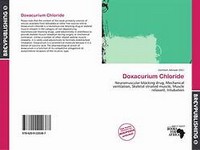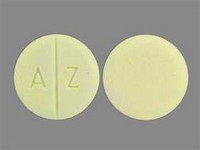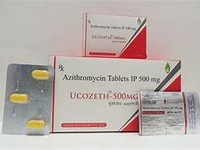Allopurinol

Allopurinol
CLINICAL USE
Gout prophylaxis
Hyperuricaemia
DOSE IN NORMAL RENAL FUNCTION
100–900 mg/day (usually 300 mg/day)
Doses above 300 mg should be given in
divided doses
PHARMACOKINETICS
Molecular weight :
136.1
%Protein binding :
<5
%Excreted unchanged in urine :
<10 :
Volume of distribution (L/kg) :
1.6
half-life – normal/ESRD (hrs) :
1–2/Increased
DOSE IN RENAL IMPAIRMENT
GFR (mL/MIN)
20 to 50 : 200–300 mg daily
10 to 20 : 100–200 mg daily
<10 :
100 mg daily or 100 mg on alternate
days
DOSE IN PATIENTS UNDERGOING RENAL REPLACEMENT THERAPIES
CAPD :
Dialysed. Dose as in GFR <10 : mL/
min
HD :
Dialysed. Dose as in GFR <10 : mL/
min
HDF/high flux :
Dialysed. Dose as in GFR <10 : mL/
min
CAV/VVHD :
Dialysed. Dose as in GFR=10–
20 mL/min
IMPORTANT DRUG INTERACTIONS
Potentially hazardous interactions with other drugs
ACE inhibitors: increased risk of toxicity
with captopril
Ciclosporin: isolated reports of raised
ciclosporin levels (risk of nephrotoxicity)
Cytotoxics: effects of azathioprine and
mercaptopurine enhanced with increased
toxicity; avoid concomitant use with
capecitabine
ADMINISTRATION
Reconstition
–
Route
Oral
Rate of Administration
–
Comments
In all grades of renal impairment
commence with 100 mg/day and increase
if serum and/or urinary urate response is
unsatisfactory. Doses less than 100 mg/day
may be required in some patients
Take as a single daily dose, preferably after
food
OTHER INFORMATION
A parenteral preparation is available from
Glaxo Wellcome on a named patient basis
HD patients may be given 300 mg post
dialysis, i.e. on alternate days
Increased incidence of skin rash in
patients with renal impairment
Efficient dialysis usually controls serum
uric acid levels
If a patient is prescribed azathioprine or
6-mercaptopurine concomitantly, reduce
azathioprine or 6-mercaptopurine dose by
66–75%
Main active metabolite: oxipurinol –
renally excreted; plasma protein binding
17%; half-life: Normal/ESRF = 13–
30/>125 hours – 1 week
See how to identify renal failure stages according to GFR calculation
See how to diagnose irreversible renal disease
Home



